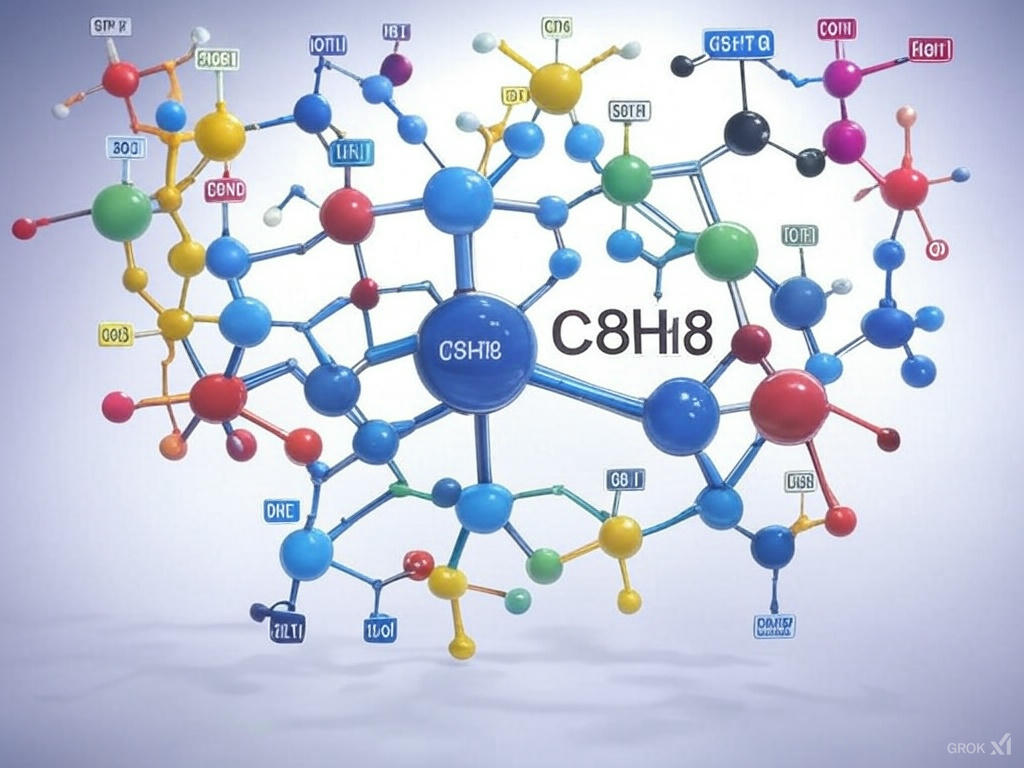Gasoline
 Gasoline, also called petrol, is a flammable liquid fuel primarily used to power internal combustion engines, such as those in cars, motorcycles, and small machinery. It’s derived from crude oil through a refining process that involves distillation, cracking, and other chemical treatments to separate and enhance its components. Chemically, gasoline is a mixture of hydrocarbons, compounds made of hydrogen and carbon atoms, typically containing 5 to 12 carbon atoms per molecule, with common ones like octane (\(C_8H_{18}\)) being key for performance.
Gasoline, also called petrol, is a flammable liquid fuel primarily used to power internal combustion engines, such as those in cars, motorcycles, and small machinery. It’s derived from crude oil through a refining process that involves distillation, cracking, and other chemical treatments to separate and enhance its components. Chemically, gasoline is a mixture of hydrocarbons, compounds made of hydrogen and carbon atoms, typically containing 5 to 12 carbon atoms per molecule, with common ones like octane (\(C_8H_{18}\)) being key for performance.
It’s stored and sold in various grades (like 87, 89, or 91 octane in the U.S.), which indicate its resistance to knocking—premature combustion in an engine. Additives like ethanol (often up to 10% in many blends) are mixed in to boost octane, improve combustion, or meet environmental regulations. Gasoline’s energy content is about 33.7 megajoules per liter (or 120 MJ per gallon), making it a dense, portable energy source, though it’s less efficient than diesel in some applications.
Gasoline, refined from crude oil, is a complex mixture primarily of hydrocarbons, with additives to enhance performance. Gasoline’s composition is tailored to meet performance (e.g., octane rating) and environmental standards (e.g., low sulfur, low benzene). Its composition varies by region, refining process, and fuel grade, but the main chemicals include:
- Hydrocarbons (90-95%)
- Alkanes (paraffins) - Straight and branched chains like n-heptane, isooctane. Typically 40-60%. Branched alkanes like isooctane improve octane rating.
- Cycloalkanes (naphthenes) - Cyclic saturated hydrocarbons, like cyclohexane. About 5-10%.
- Aromatics - Benzene, toluene, xylenes. Usually 20-35%. Limited in some regions (e.g., benzene <1% due to regulations).
- Alkenes (olefins) - Unsaturated hydrocarbons, like butene. Typically 0-10%, higher in some refining processes.
- Additives (<5%)
- Octane boosters - Ethanol (up to 10-15% in E10/E15 blends), MTBE (methyl tert-butyl ether, 0-5% where allowed).
- Detergents - Polyether amines to prevent engine deposits.
- Antioxidants/Stabilizers - Phenylenediamines to extend shelf life.
- Corrosion inhibitors - Carboxylic acids or amines.
- Anti-icing agents - Alcohols or glycols in trace amounts.
- Dyes - For grade identification (e.g., yellow for unleaded).
- Trace Impurities (<1%)
- Sulfur compounds - Thiophenes, mercaptans (reduced to <10-30 ppm in low-sulfur gasoline).
- Nitrogen/oxygen compounds - Trace amounts from crude oil.

